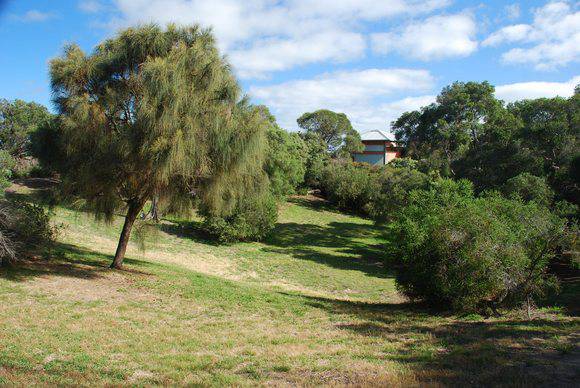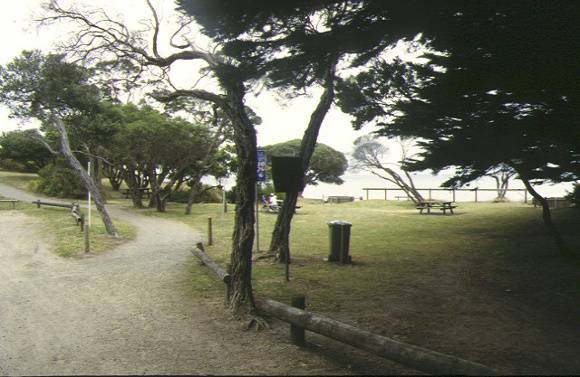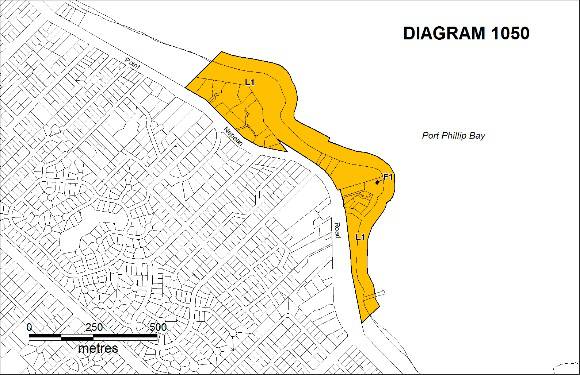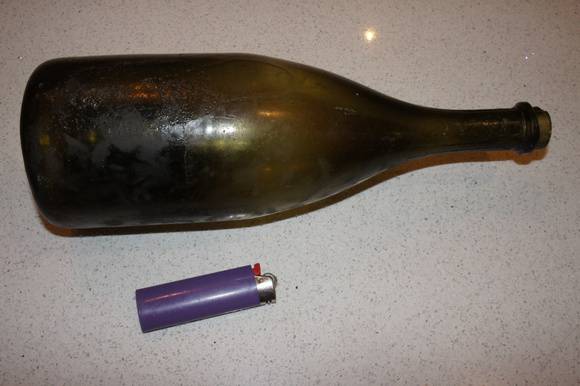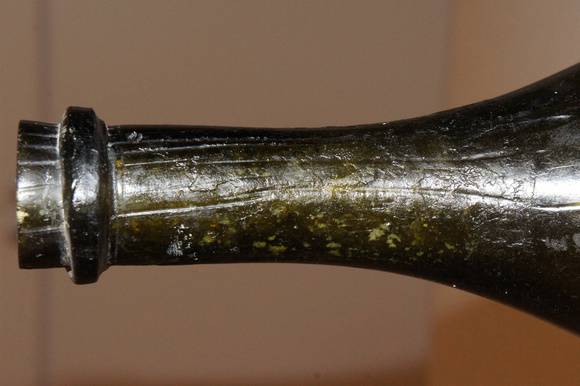| Back to search results » | Back to search page » |
|
COLLINS SETTLEMENT SITE
Other NamesSullivan's Bay , Sullivan Bay , First Settlement site Location2700-3148 POINT NEPEAN ROAD SORRENTO, MORNINGTON PENINSULA SHIRE
File NumberdLevelRegistered |
|
Statement of Significance
What is significant?
The British Government's decision to establish a settlement in southern Australia appears to have been prompted by favourable reports of Port Phillip Bay and concerns about the interest of the French in the area. The colonising party despatched from England comprised military personnel, administrative staff, a few free settlers and a majority of convicts. Some were fortunate enough to be accompanied by wives and children. Lt-Governor Collins led the party of 467 persons.
The site selected for the settlement was on the southern side of Port Phillip Bay at Sullivan Bay, relatively close to the Heads, a site chosen to enable protection of Bass Strait from the French. It was a difficult site to settle, without easy access to fresh running water, an anchorage well off-shore, and poor soils for agriculture; their survey of Port Phillip Bay revealed that much of the area had similar characteristics.
The settlement was established on an area of land between the Western Sister and Eastern Sister, prominent headlands which mark each end of Sullivan Bay. Most of the settlement was close to the Eastern Sister. Initially a tent encampment, work commenced quickly on building a jetty and other timber structures, including huts.a Local limestone was apparently used to construct chimneys for the huts, and for the building of the magazine. As well as barrels set into sand to trap fresh water, wells were dug, as were privies. Land was cleared for the growing of crops, perhaps totalling several acres.
In choosing this place for a settlement, the settlers directly displaced Aboriginal people from a regular camping area.
In 1804 Collins decided to move the settlement to Van Diemens Land, where John Bowen had established a settlement at Risdon Cove in 1803. They were moved as two parties, the second group leaving on 20 May, just over seven months after the settlement had been established.
Surviving physical evidence of the settlement is limited to oak barrels recovered in 1926, and artefacts thought to date to the initial settlement of the area such as the remains of a hand blown brandy bottle inscribed "Old Cognac 1795" and a pair of leg irons.
The graves site located within the Collins Settlement Historic Reserve is important for symbolic reasons in long being recognised by both the government and the community as a symbol and icon of the first attempt of European settlement in Victoria (even though historical knowledge suggests they are unlikely to be associated with the 1803-4 settlement).
How is it significant?
Collins Settlement Site is of historic, archaeological, aesthetic (landscape) and social significance to the State of Victoria.
Why is it significant?
Collins Settlement Site is historically significant as the site of the British Government's first official settlement in southern Australia, in 1803. From the perspectives of global colonisation, the site contains historical fabric, associations and meanings that are vital to the understanding of the history of colonisation in southern Australia.
The site is one of few Australian 'founding' sites that have survived two centuries of change. Like The Rocks in Sydney and Risdon Cove in Tasmania, the landscape of Sullivan Bay has revealed evidence from its founding period. More evidence may survive to be revealed as a result of future investigations.
Collins Settlement Site has aesthetic significance due to the survival of much of the pre-settlement landscape of Sullivan Bay, including the enclosing headlands, the old growth Moonah woodland, the shallow waters of the bay, the views between the Eastern and Western Sister and the Western Sister and St Paul's, and to Arthurs Seat.
Collins Settlement Site has archaeological significance due to its potential to contain relics relating to the historic occupation of the site.
Collins Settlement Site has social significance for long being recognised as the site of the 1803 settlement. The Melbourne and Peninsula communities have strongly defended the site during times when its long term protection seemed in jeopardy.
Group
Cemeteries and Burial Sites
Category
Cemetery/Graveyard/Burial Ground


